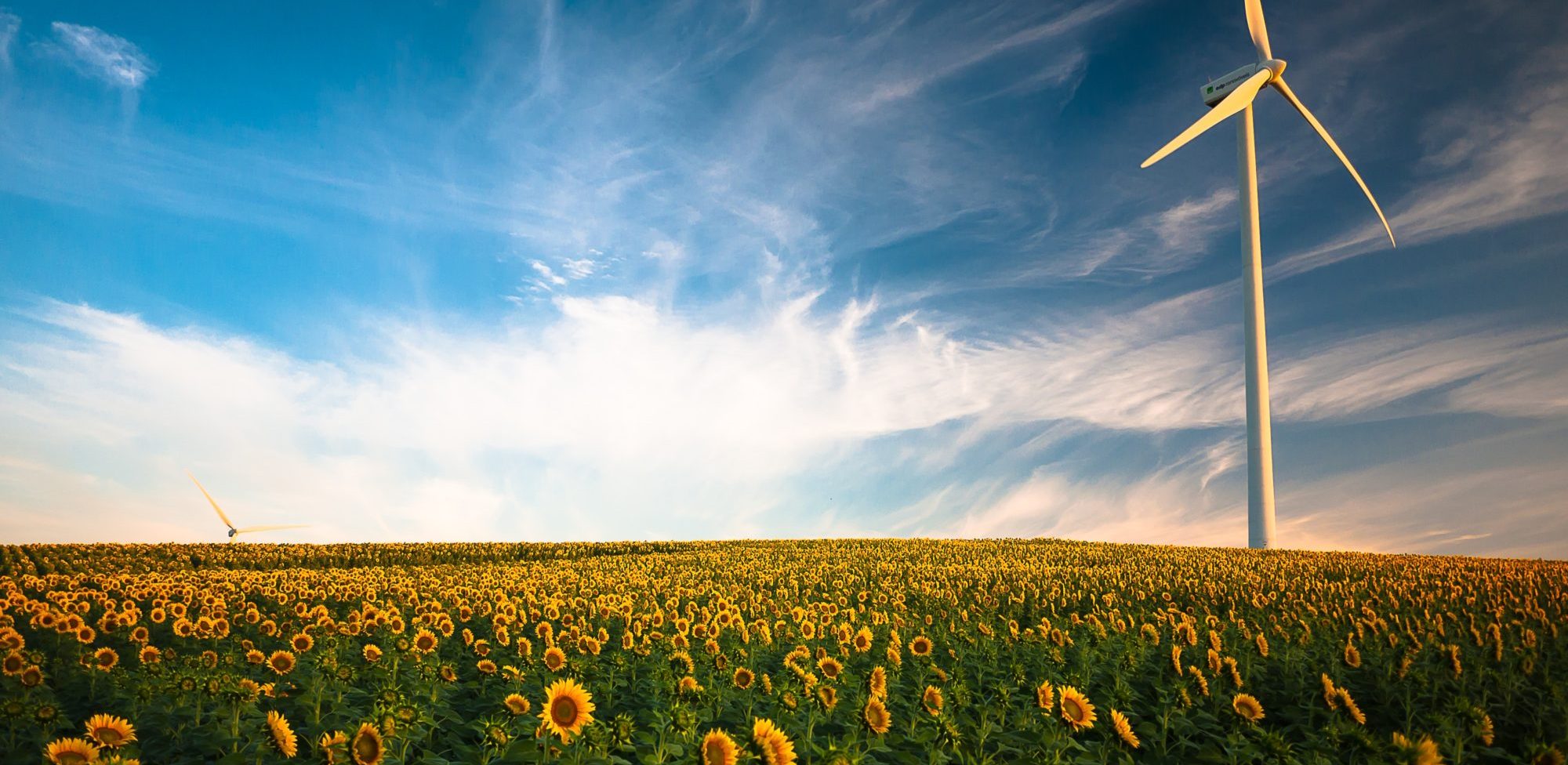
The VIA Institute on Character classifies the free-spirited character strength of Creativity under the stately virtue of Wisdom. It groups together those strengths that gather and use knowledge. How does this apply to creativity? At first glance creativity appears to be something that happens spontaneously, with the leeway to roam and meander whimsically with no purpose or plan set to action. Yet the VIA Institute proclaims unequivocally “There are two essential components to Creativity – originality and adaptiveness.” Innovation is only the beginning when it sparks imagination. It has to be followed up with practical use for it to be considered creativity.
Kellerman and Seligman say in Tomorrowmind: Thriving at Work,“One very valid reason for existing is that we are here to create.” We are here to do more than dream and play at whim. We are here to impact life itself. The authors highlight three brain areas that we engage in creative thought. The three subnetworks in the brain are: default mode, salience and executive control networks that reside in various regions of the brain.
Our default mode network DMN involves imagining and planning activity in random thought streams blending memory and fantasy. The brain is resting in an idle state, daydreaming, not asleep. This is where novel ideas are generated through exploration, based on what we know from the past and what we imagine in the future, with mental stimulation and brainstorming.
This is you getting your hands messy, as you muck around with your palette to wantonly apply paint on a canvas. Like the independent artist you are free to let your imagination run wild. “The default mode is where our best ideas come from.”
Our salience network SN is the neural grid that sorts through the raw material that is generated in the DMN and separates out that which is relevant both internally (to us) and externally (to others) for in-depth processing. Your brain draws your attention to that which is significant. It acts as a gatekeeper, using the screening process before reaching the third network.
This is you wiping your hands on your overalls, as you step back, tilt your head to review your work of art. Like a curator you look for its unique qualities and how well it represents today’s world. Will others relate to it? You look for significance and resonance.
Our executive control network ECN is that neural connection which focuses on external tasks and refines the original idea. It makes the final call on what can be applied in the real world and has the potential to positively impact either the environment, or other people. It loops back to the default mode network with important information. The neurotransmitter dopamine helps these two networks communicate. Free reigning imagination is tempered with practical application.
This is you deciding the worth of your piece of art to the world. Like the art gallery that finally brings the finished painting to art enthusiasts and collectors, you unveil it to the public. You deliver the final product certain to make an impression and have an influence.
In the business world, whether you are an individual contributor, a middle manager, or the CEO of a company, you are engaging different networks in the brain at diverse times. Nurture the power of your brain to develop both innovation and adaptability. Build your creative muscle. You are a creative.

